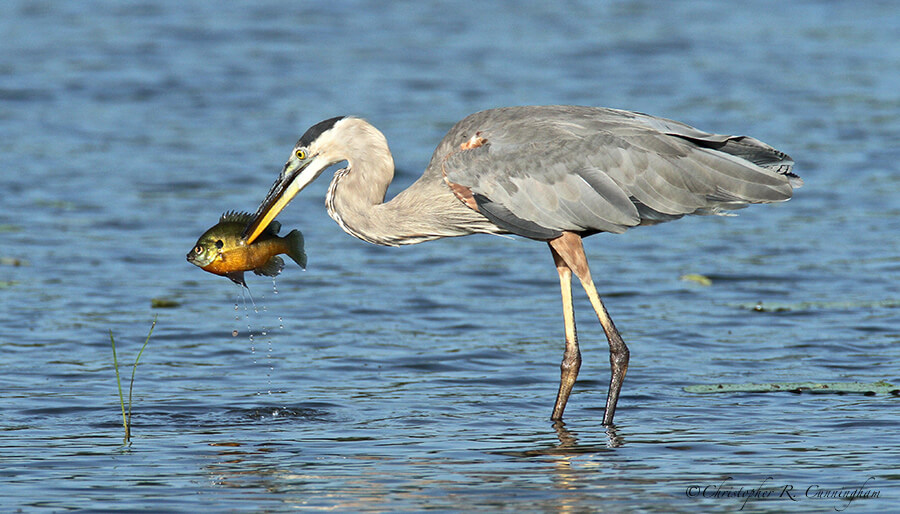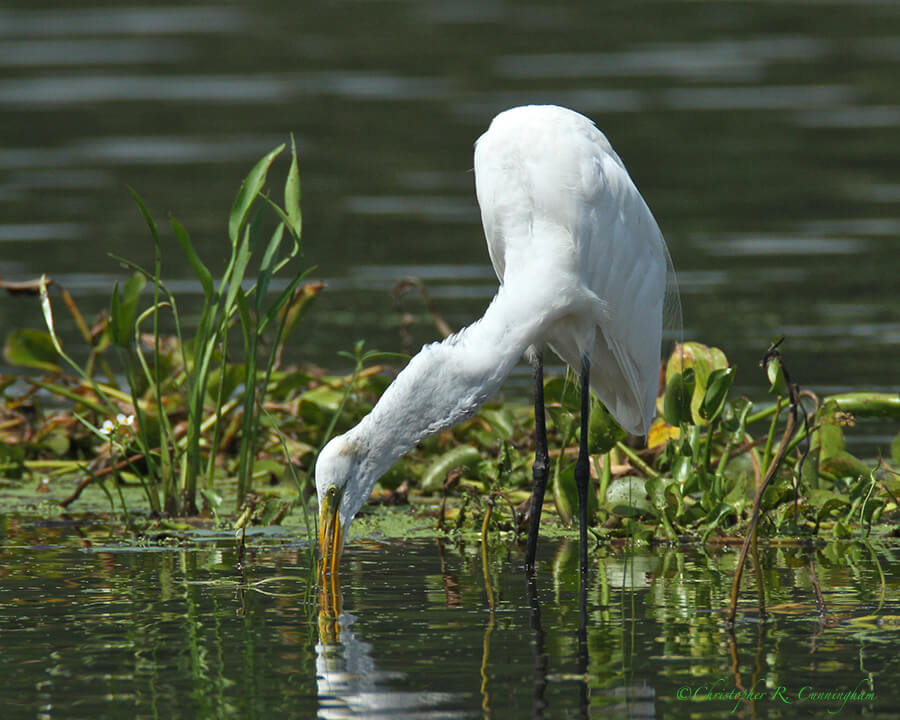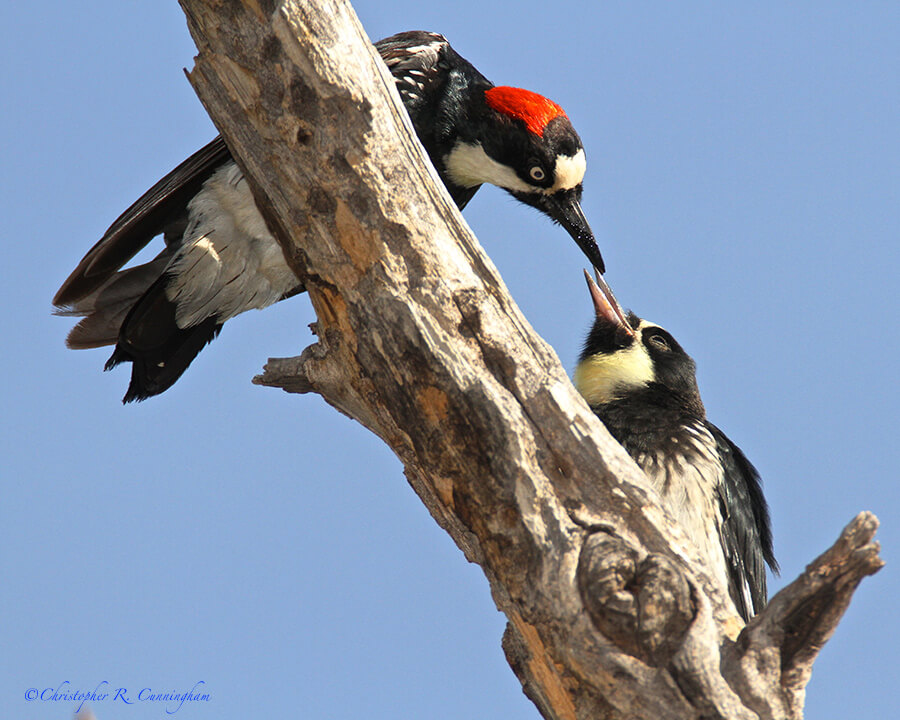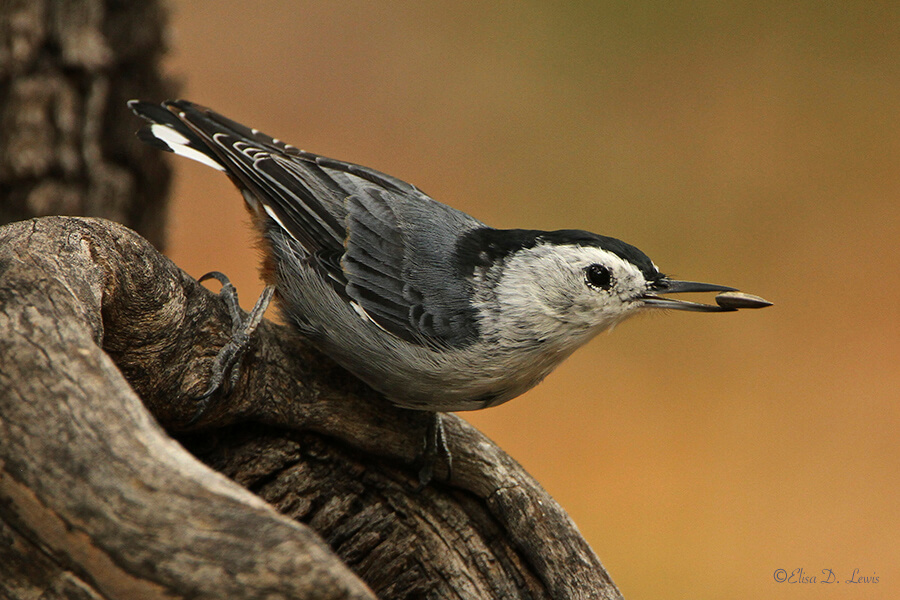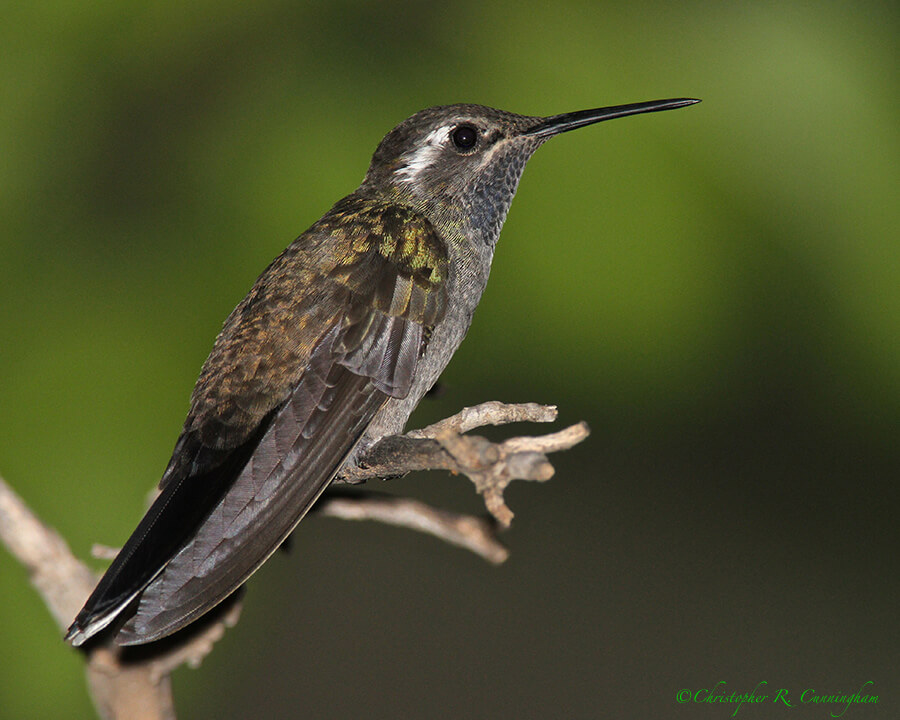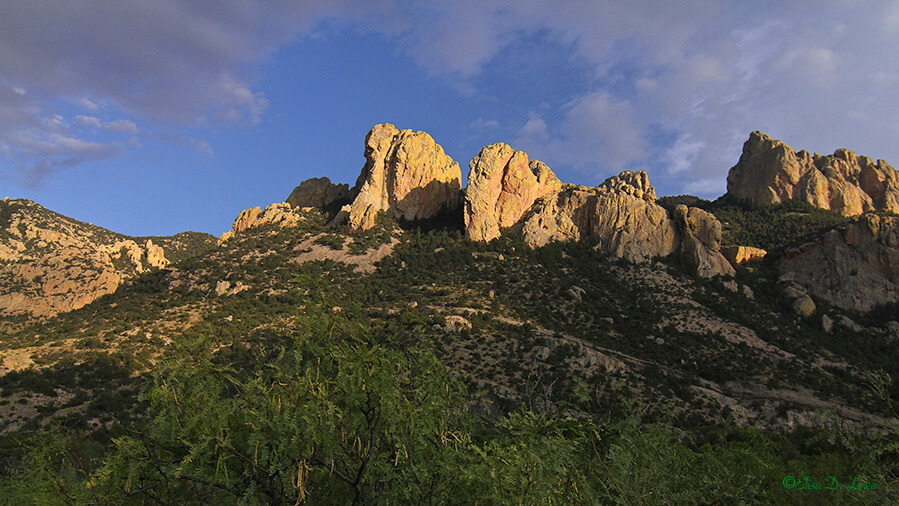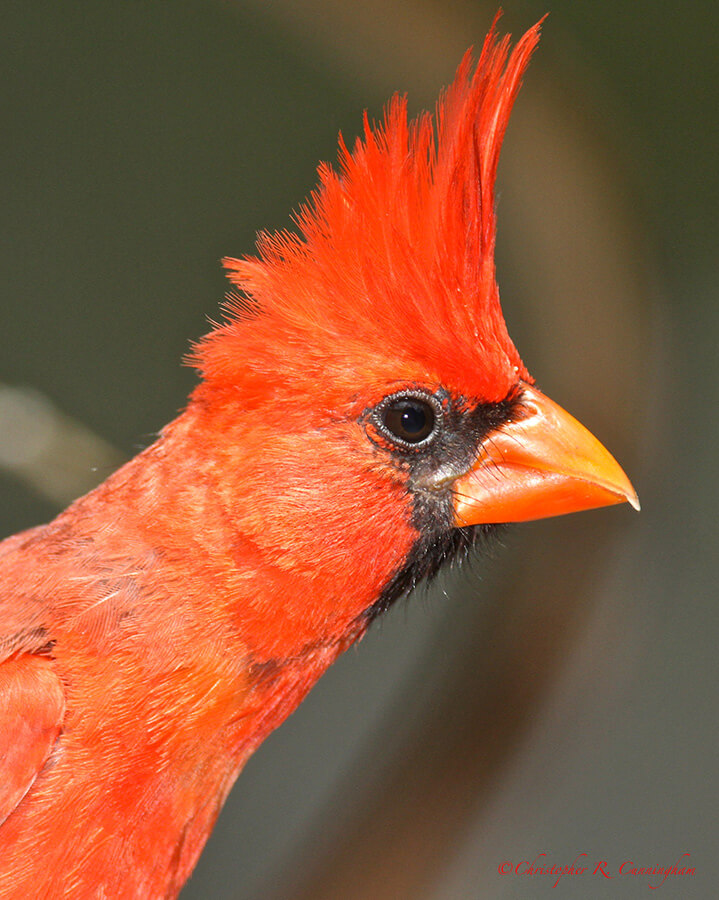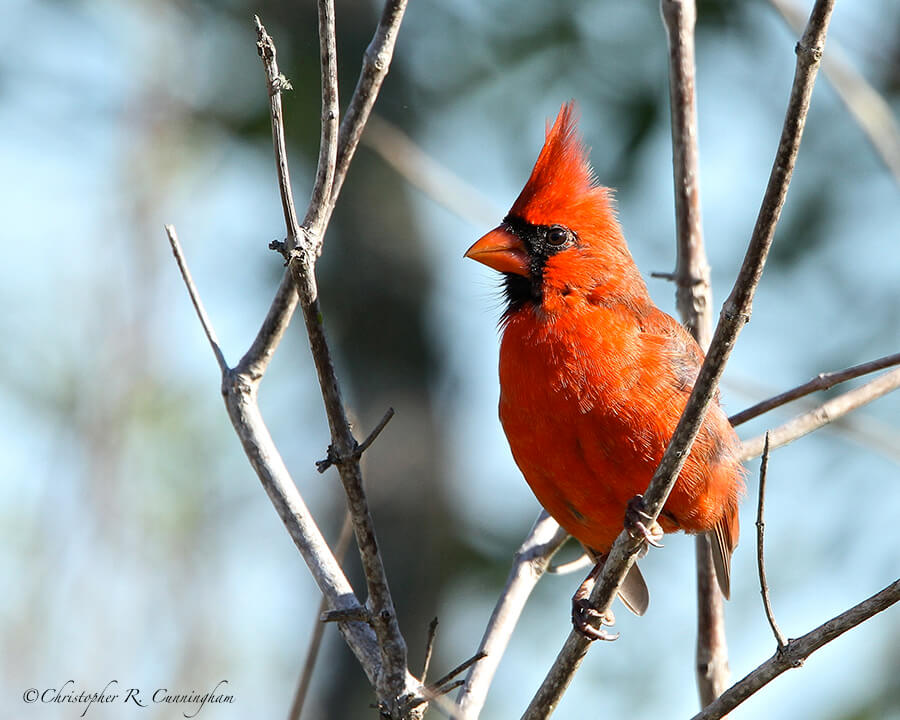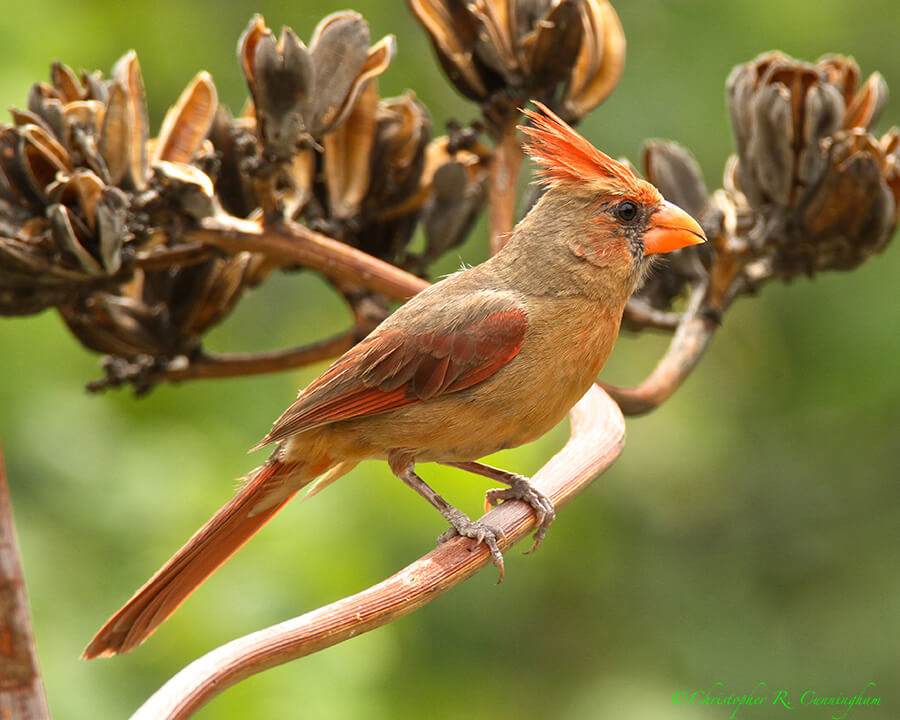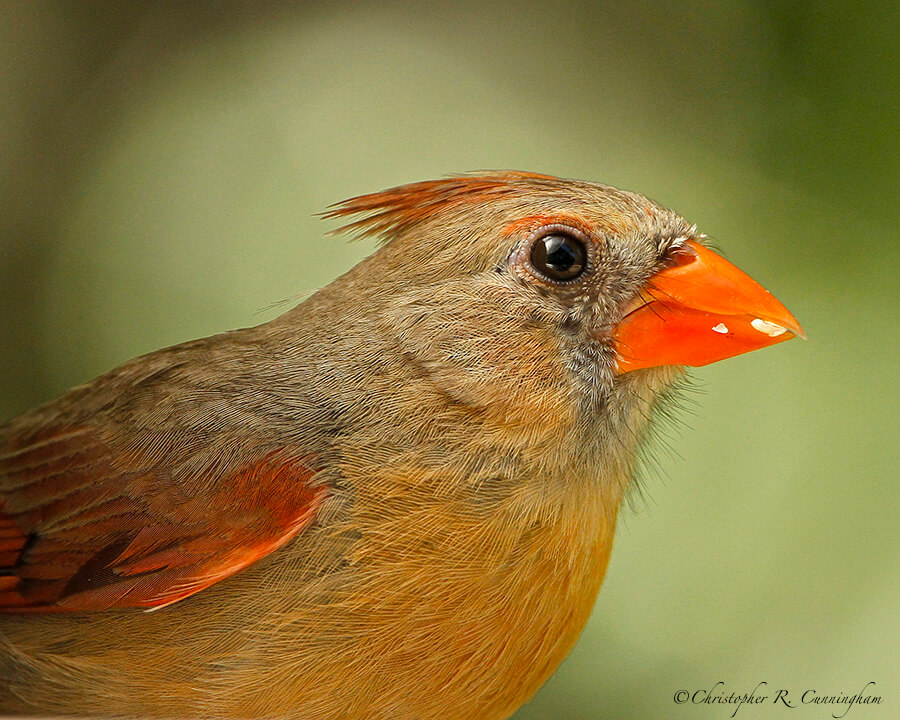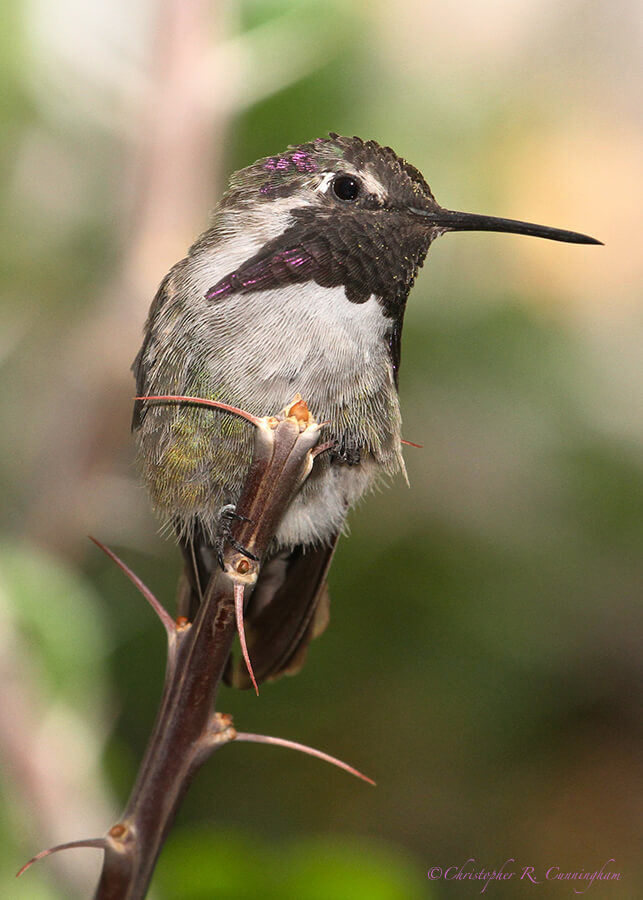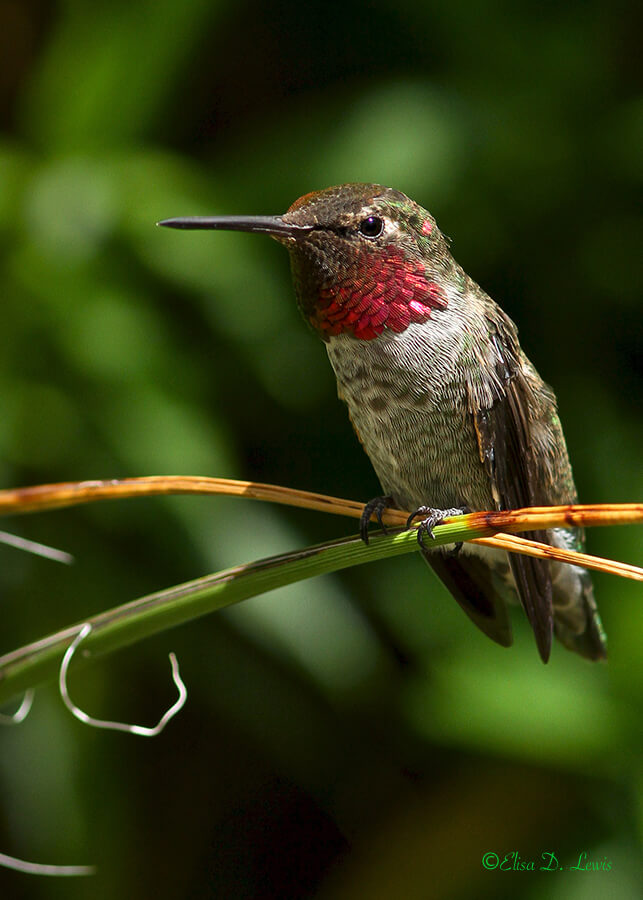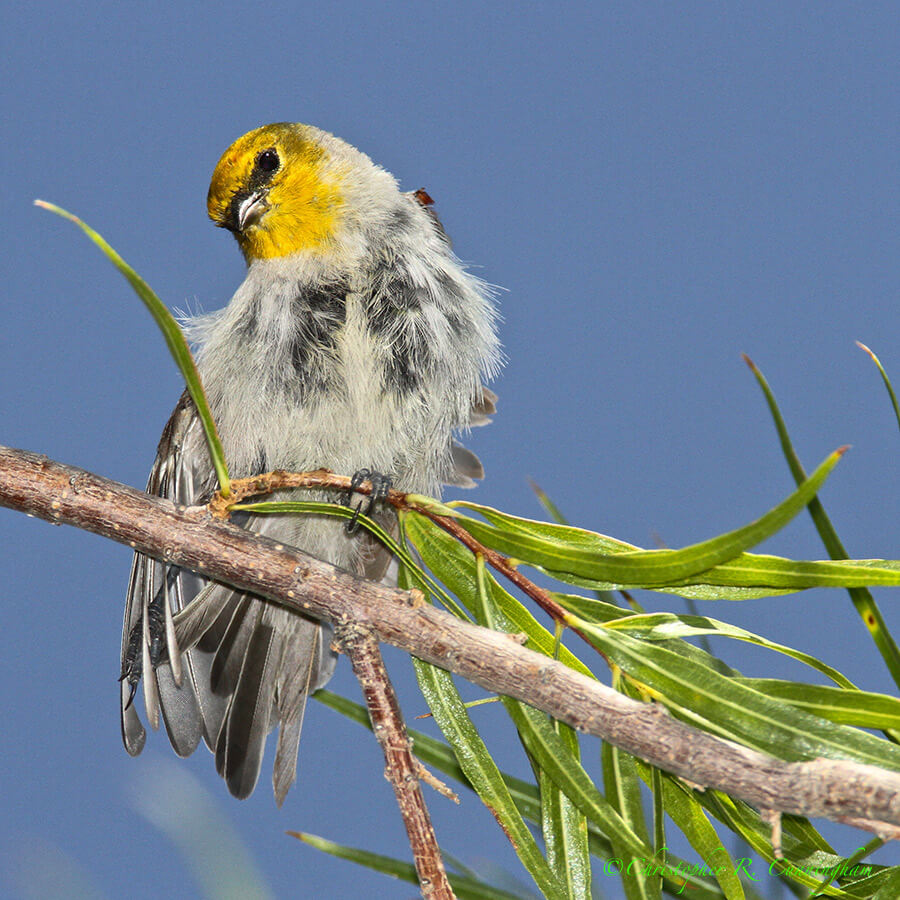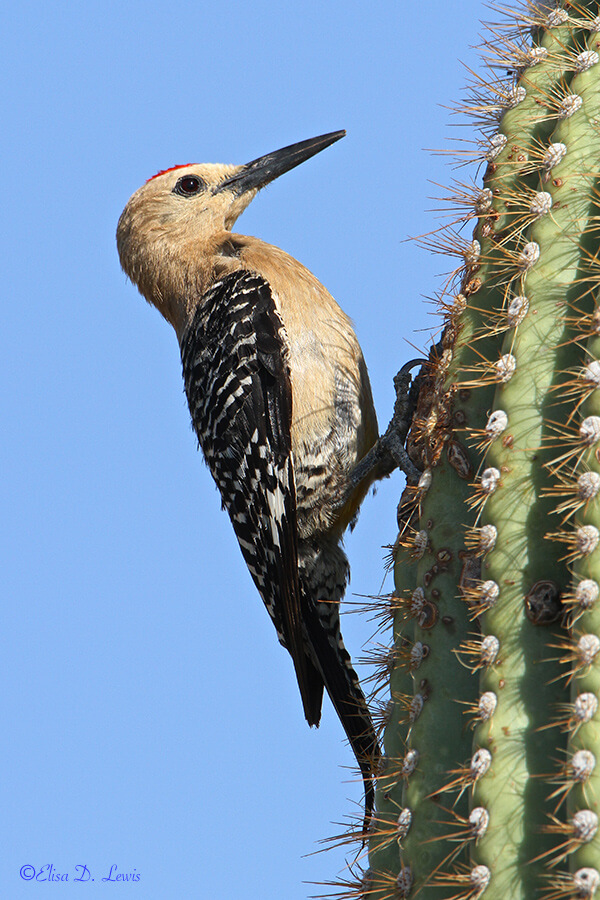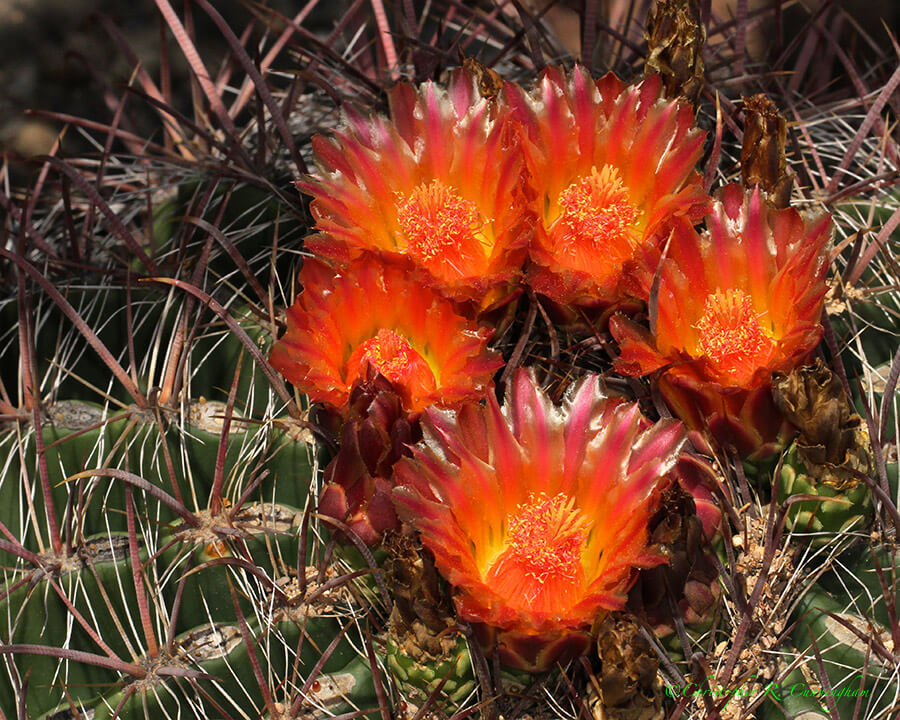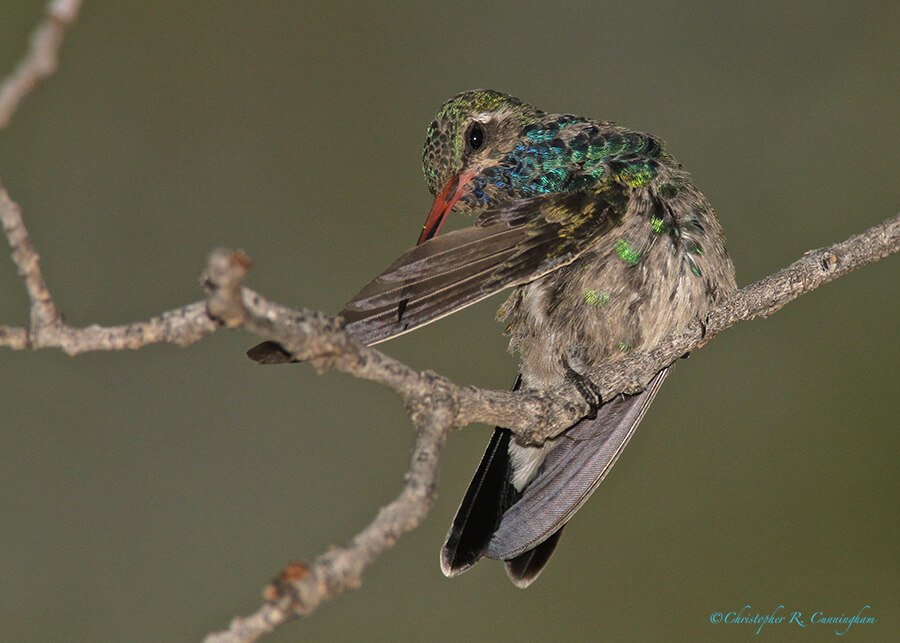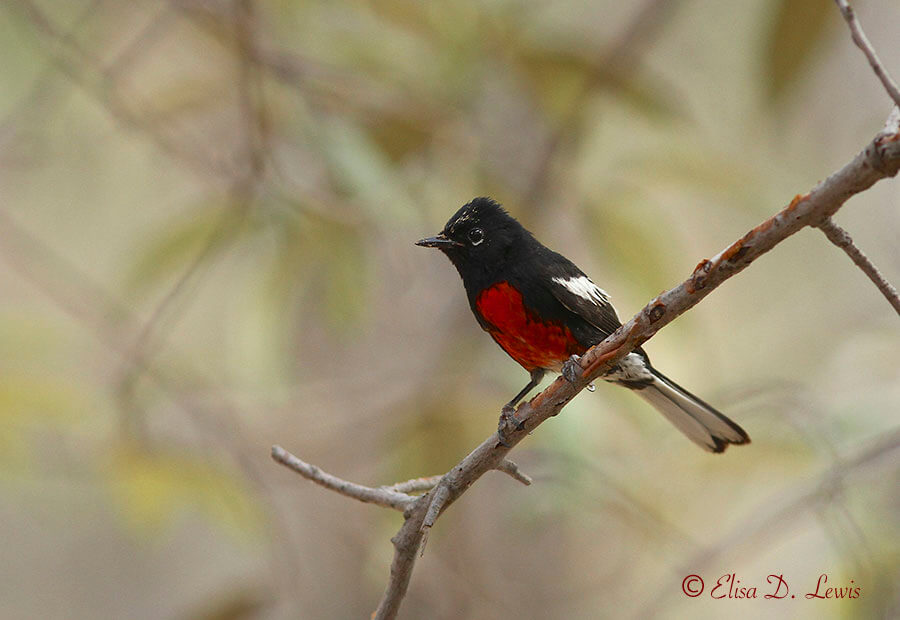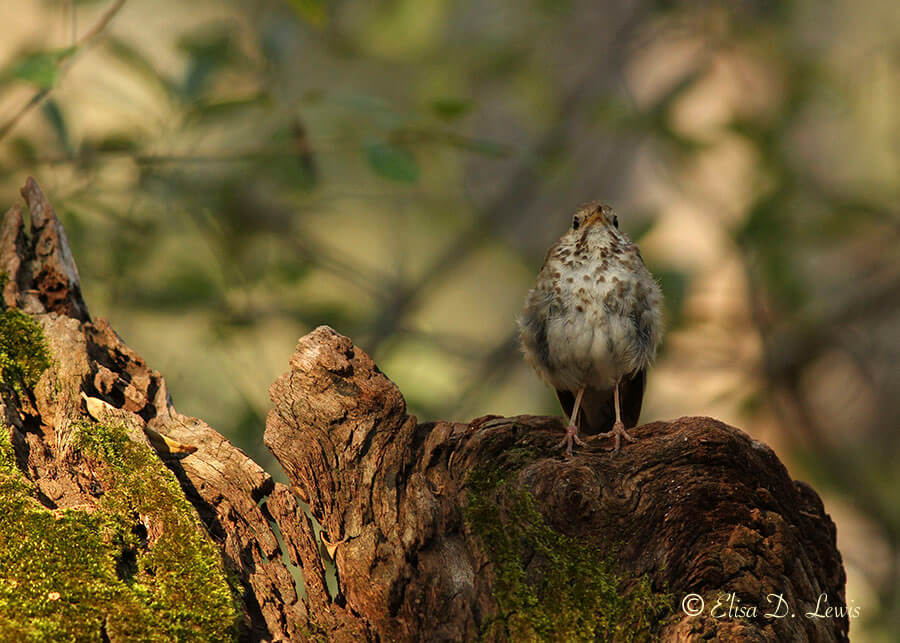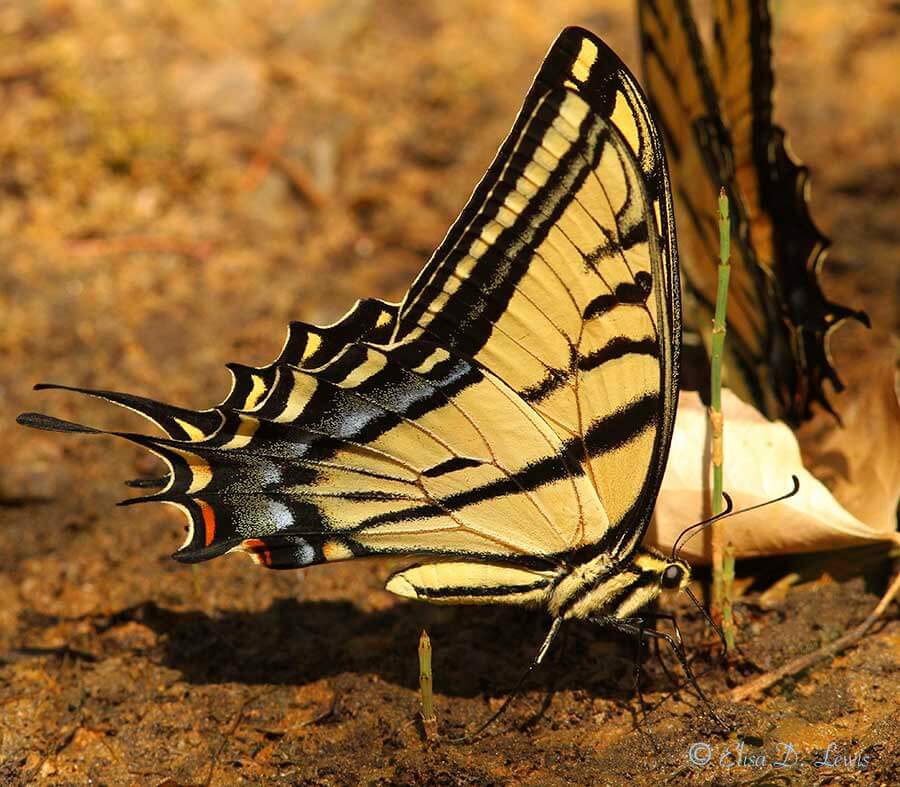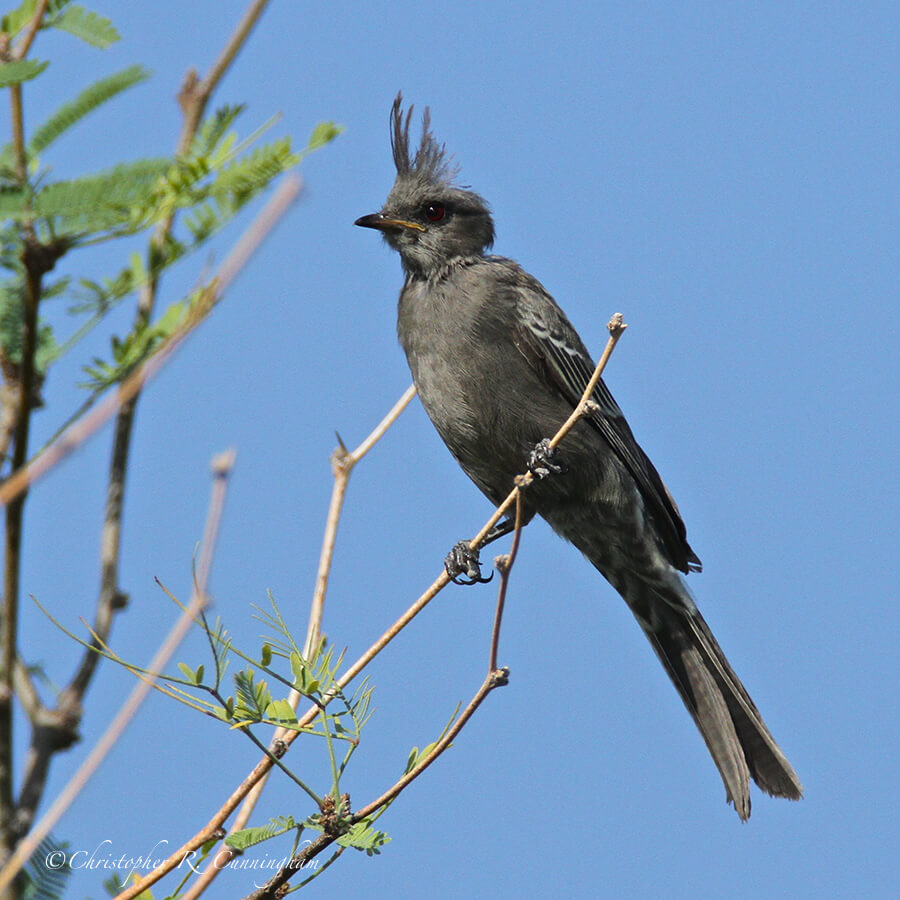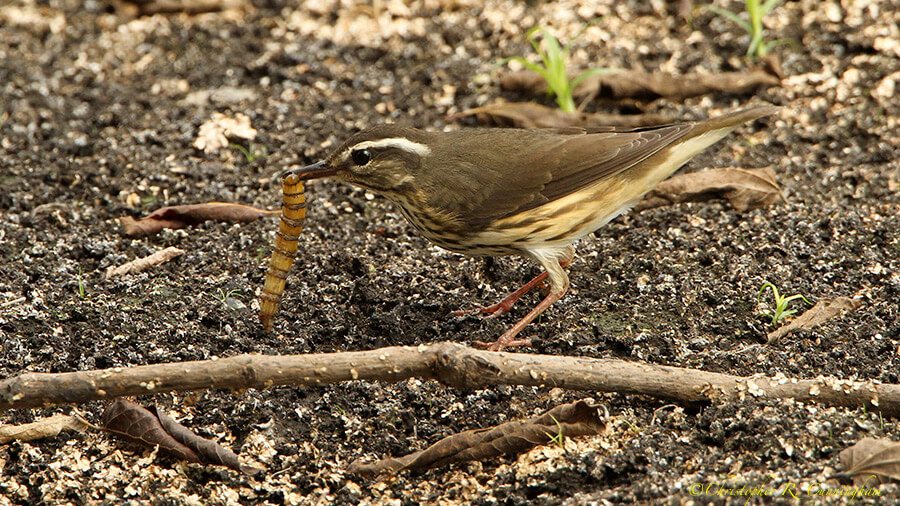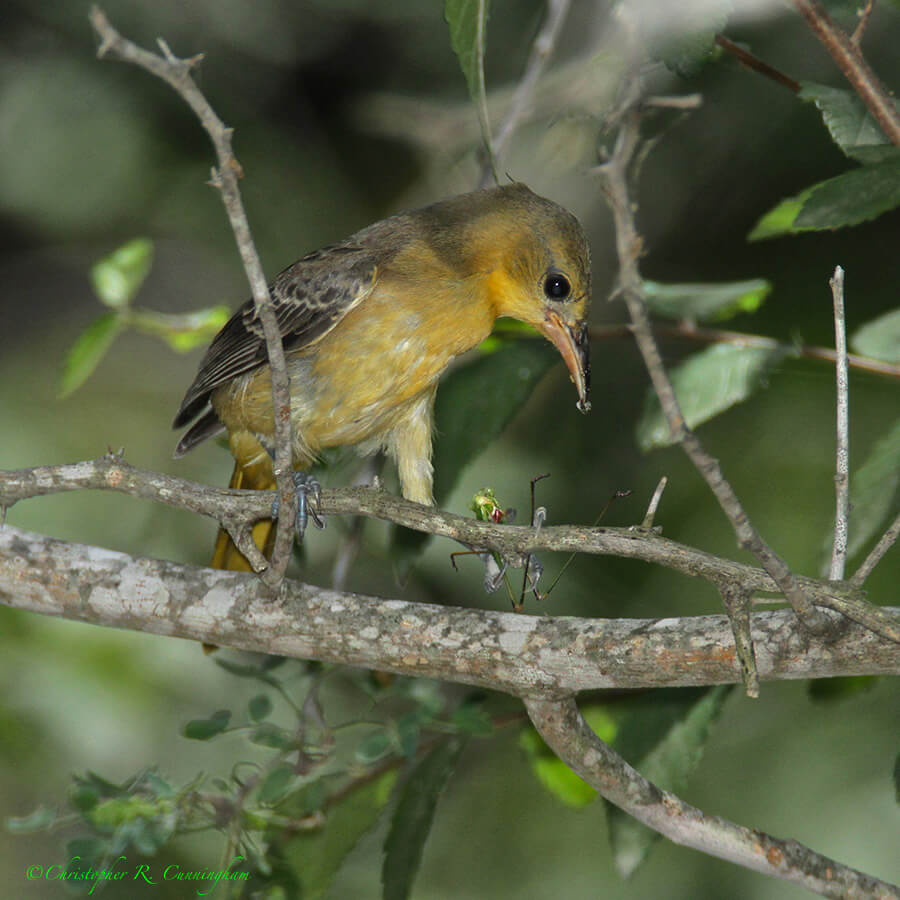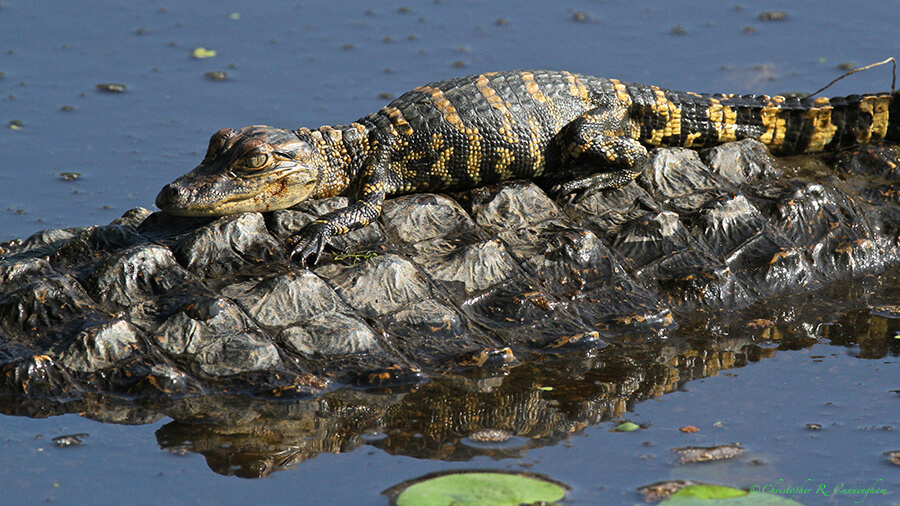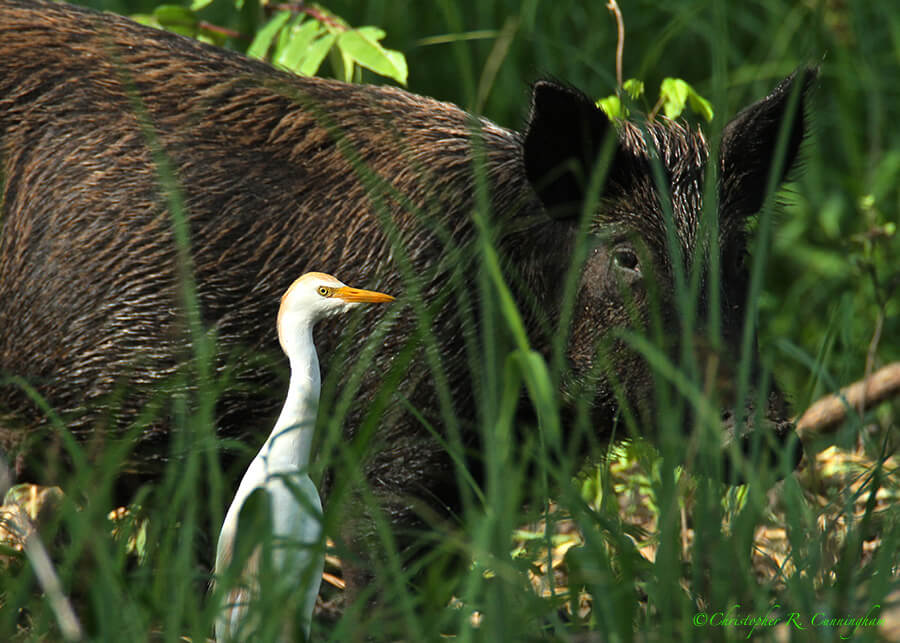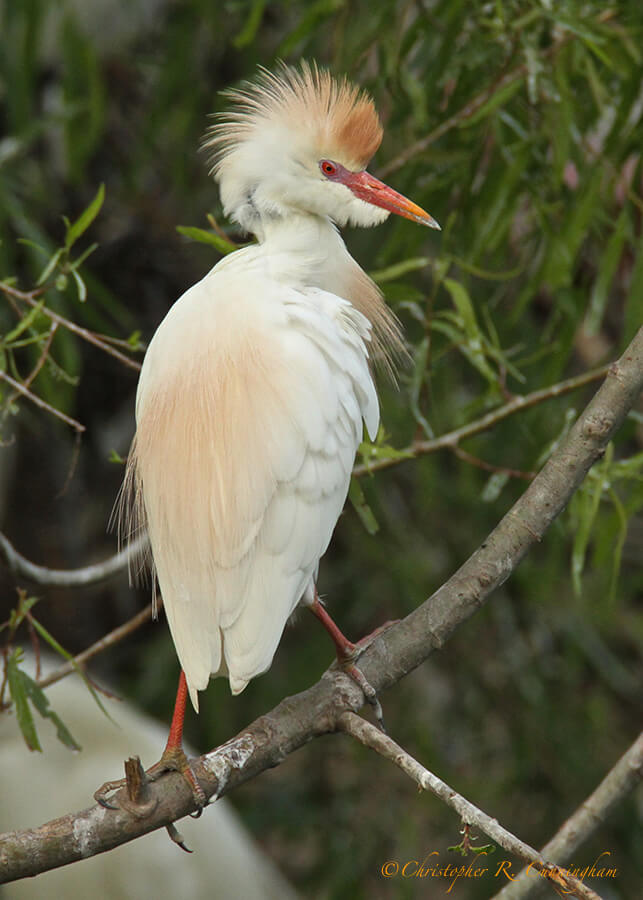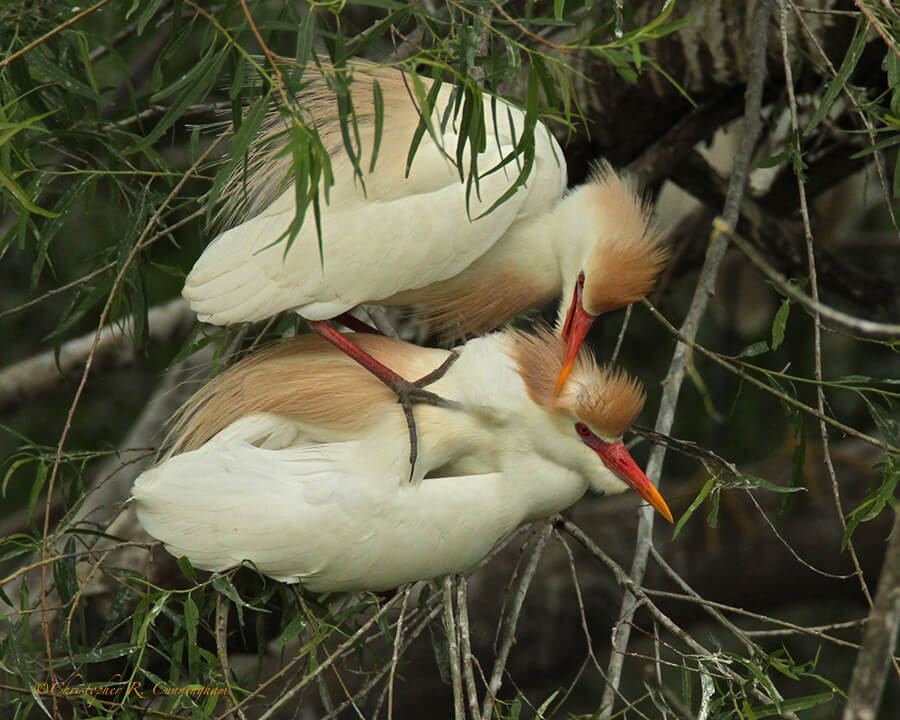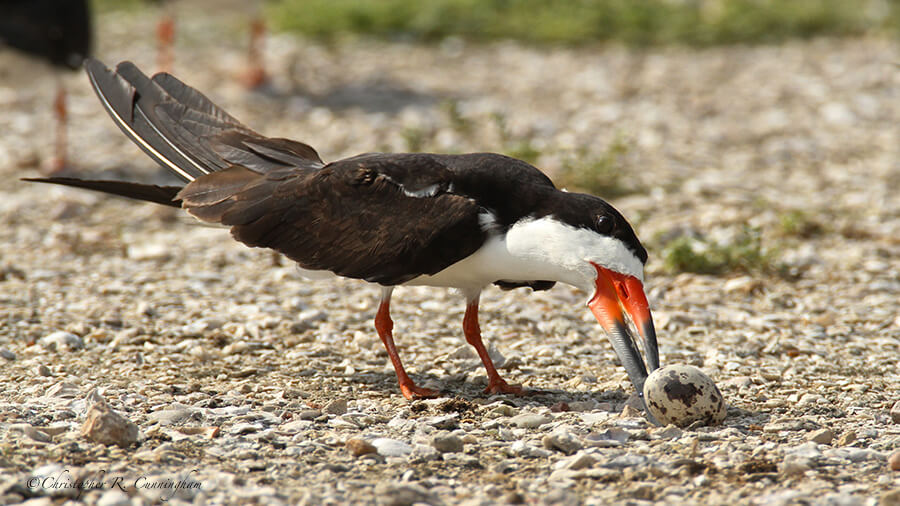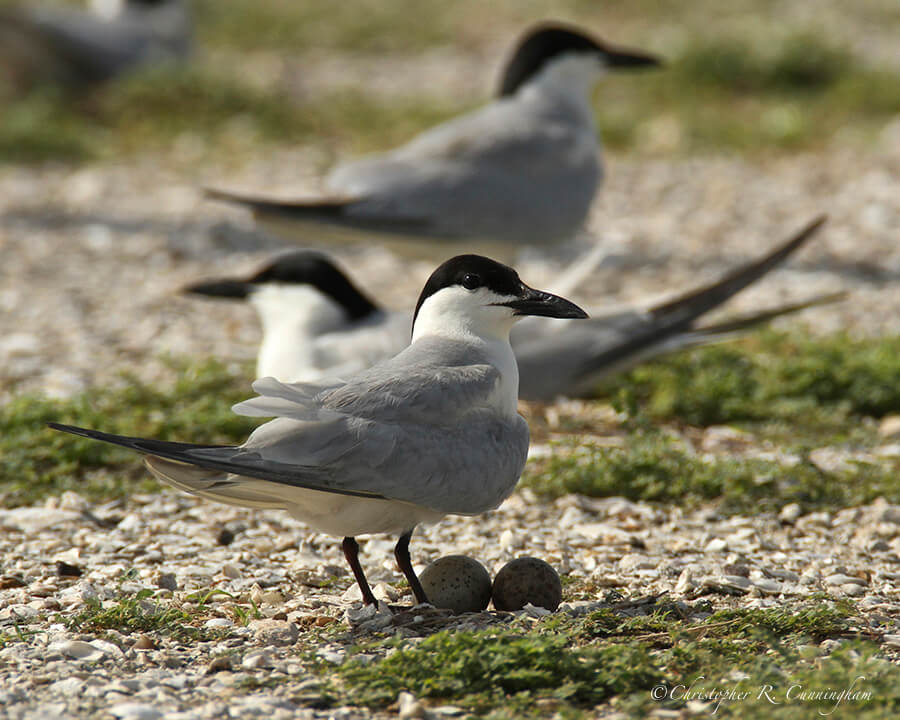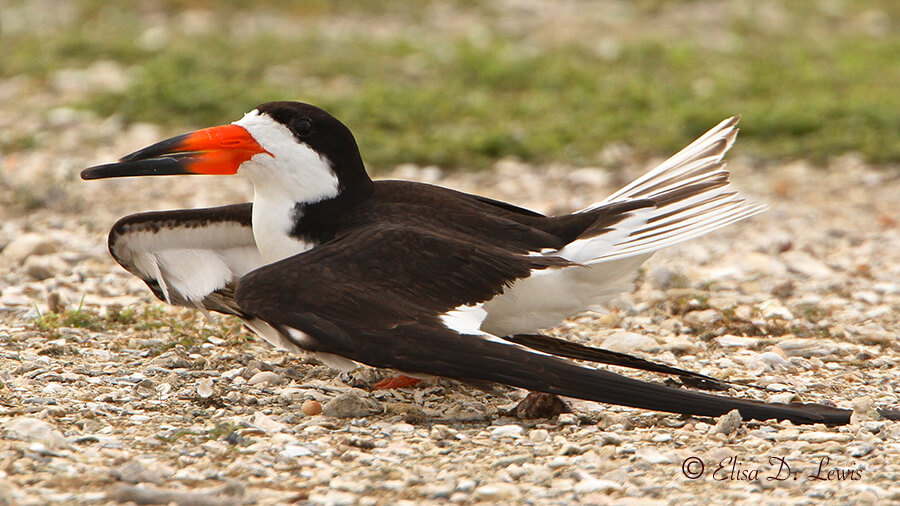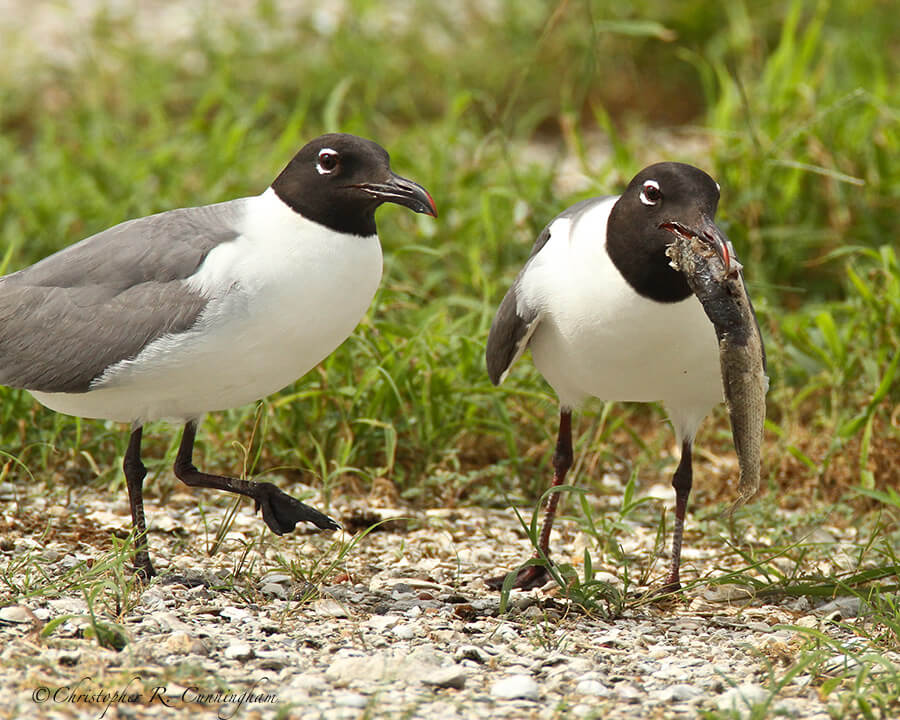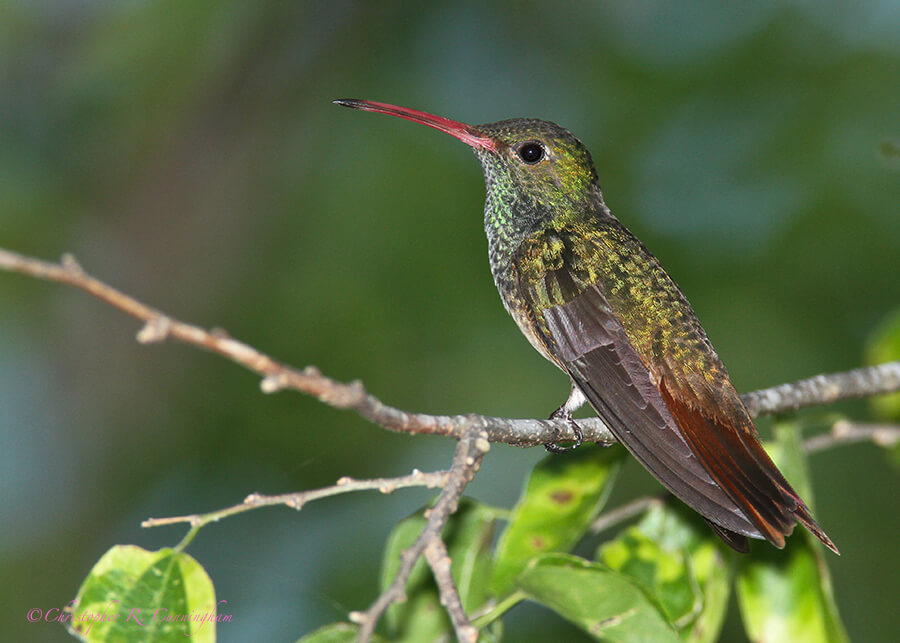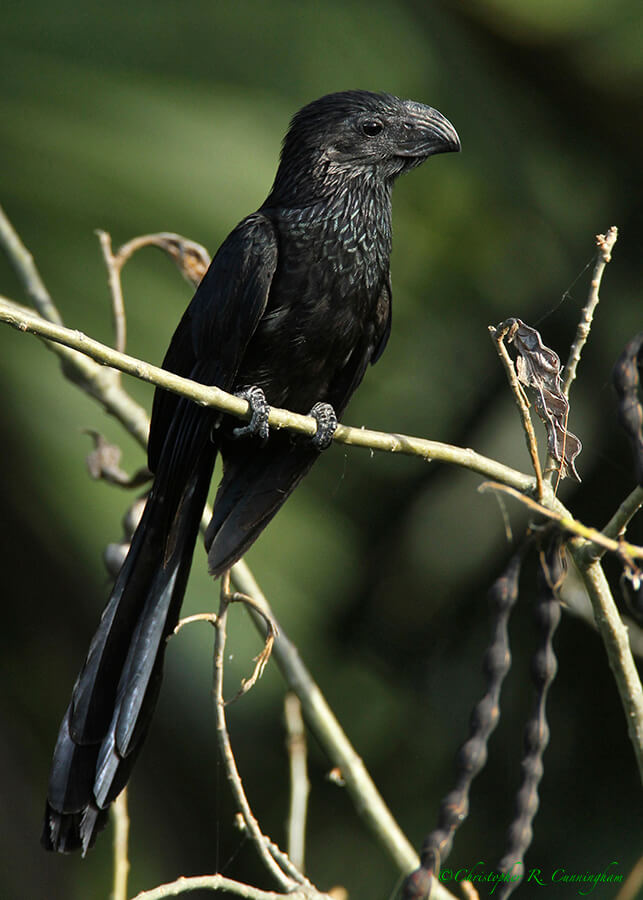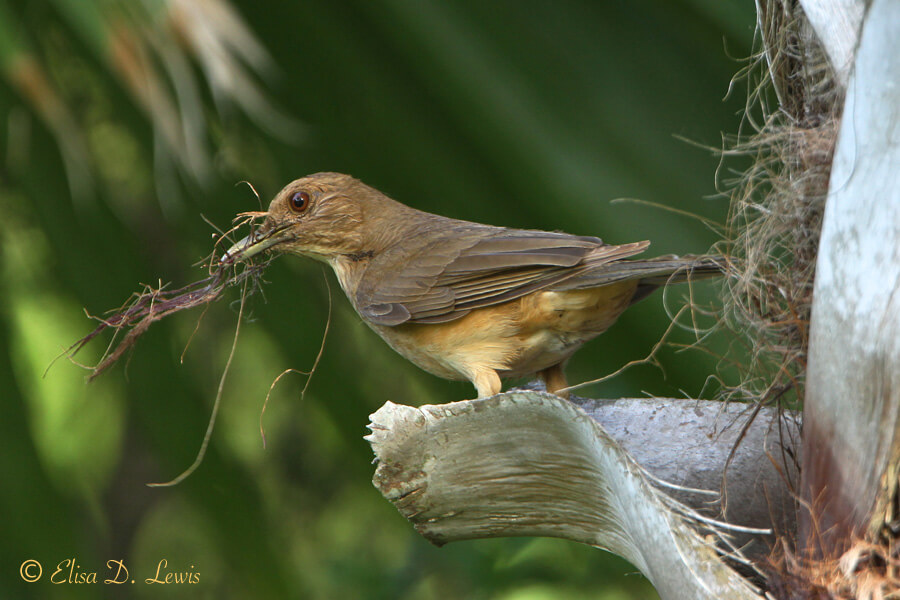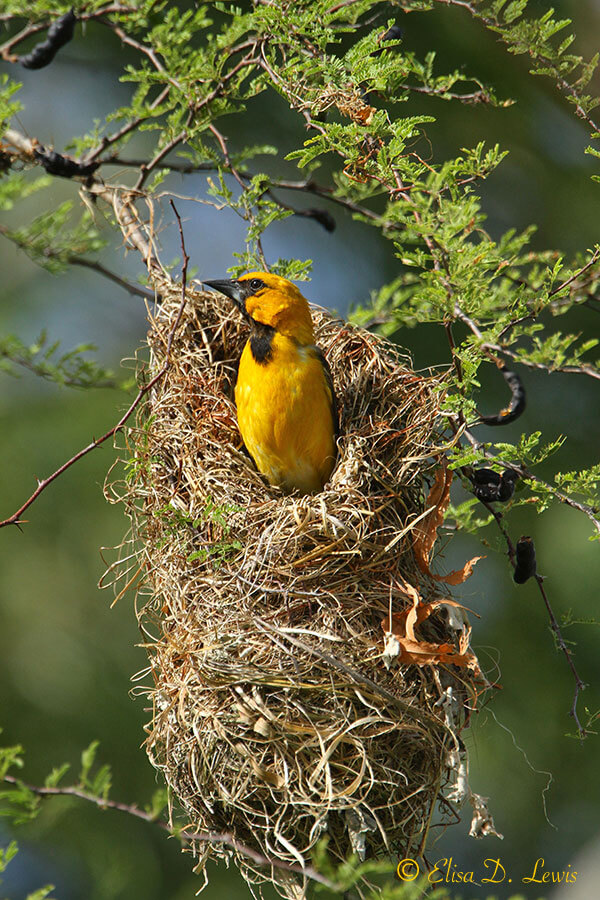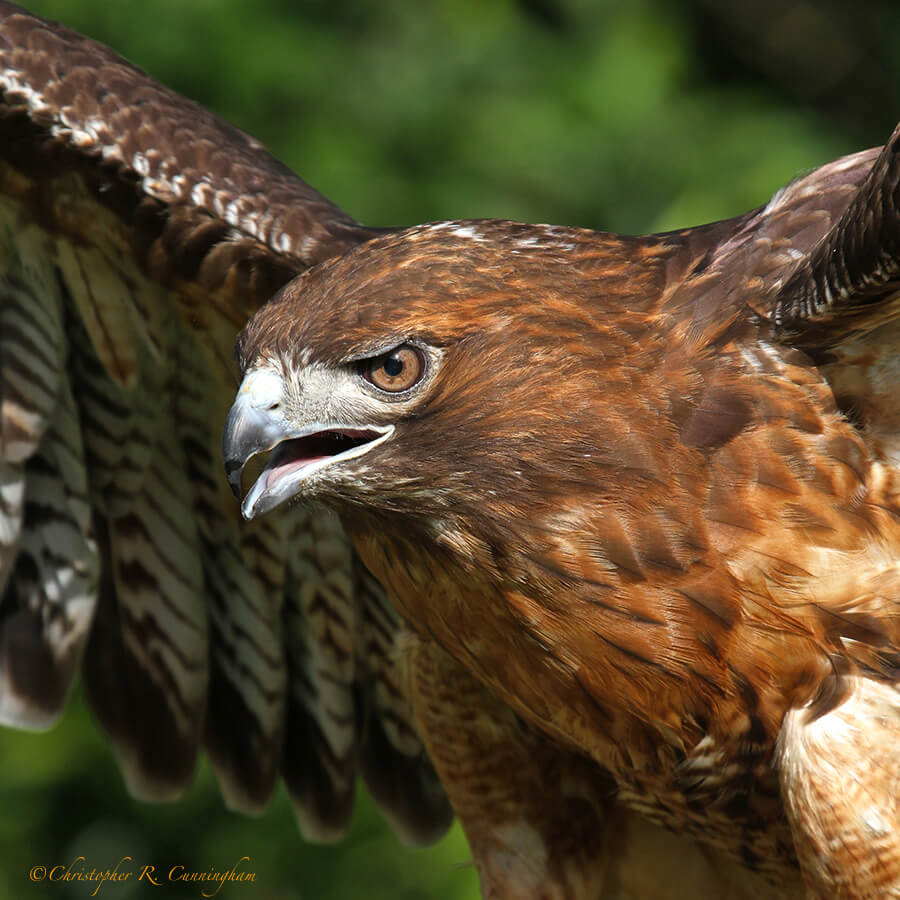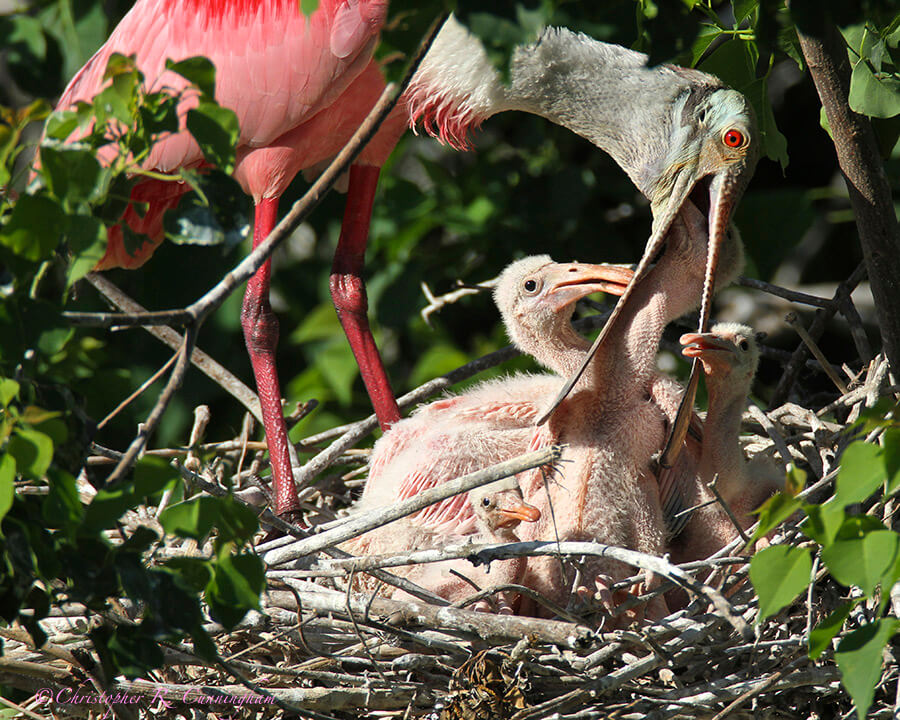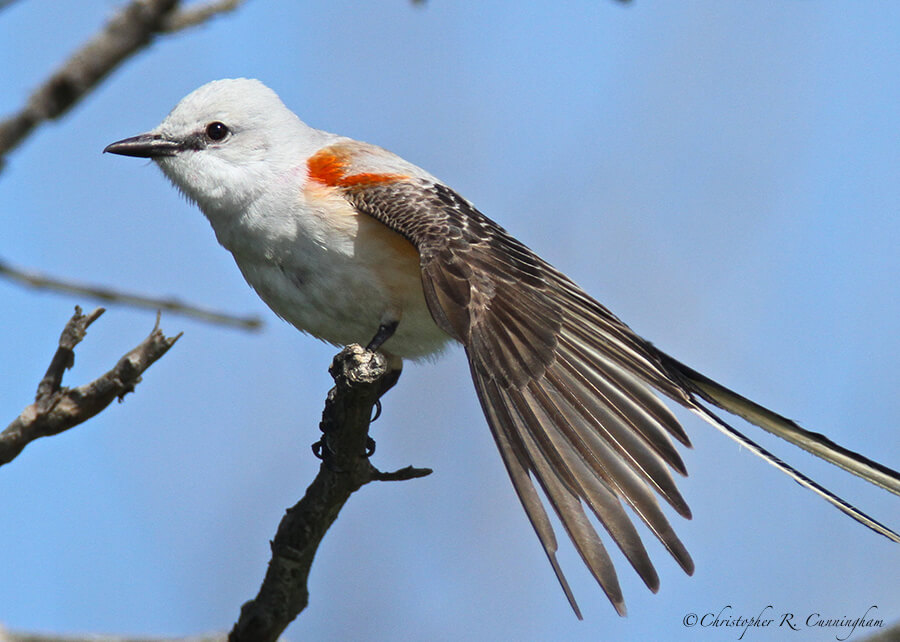
The family Tyrannidae (Tyrant Flycatchers) is primarily a South American group. Of over 370 species, only 35 have ranges that extend far enough north to reach the United States. Eight genera of tyrant flycatchers occur in North America, north of Mexico. Considered by evolutionary biologists to be among the most primitive of songbirds, tyrannids are nevertheless highly successful, ranging from Patagonia, and even the Falkland and Galápagos Islands, to Canada. These birds occur across a wide variety of habitats, from bottomland forests to the high Andes.
Due to their bold personalities and active hunting behaviors, the Tyrant Flycatchers of the genus Tyrannus (kingbirds and kin) are some of the most exciting birds to watch. Exhibiting a rather limited palette of colors relative to some other songbirds, ranging primarily from browns and olives to gray on top (plus orange or red semi-concealed crown stripes for display), and a variety of shades of yellow below, species of Tyrannus may never be as popular as warblers with birders. But what they lack (usually) in terms of showy colors they make up for in personality and behavior.
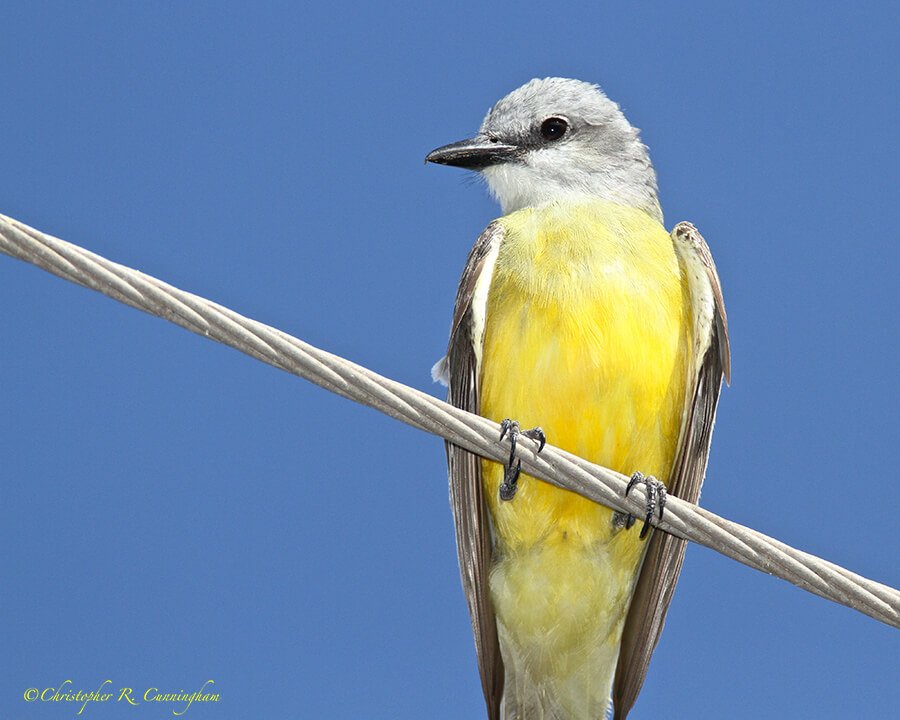
Other than the Great Kiskadee, perhaps, Kingbirds are the most conspicuous of the North American flycatchers. These large, aggressive birds will not tolerate being pushed around by other, larger birds like crows or even raptors. Although they will eat fruit and seeds during certain times of the year (depending on the Kingbird species), insects form an integral part of their diets.
From a perch, they will hawk large insects from the air above water or ground and also grab prey from the ground. The fact that they return again and again to a perch can make photography relatively easy and enjoyable. After locating an avian photographic subject, I often snap few frames, advance a few paces, snap a few frames, advance a few paces, and so on. Some bird species will flush as soon as they see a human. Others will hesitate until a particular distance is breeched (minimum approach distance). Tyrant flycatchers, too, eventually flee hesitantly into the air upon a close enough approach, but I can’t help feeling as though these bird are asking themselves: Do I really have to leave? Can I take this guy?
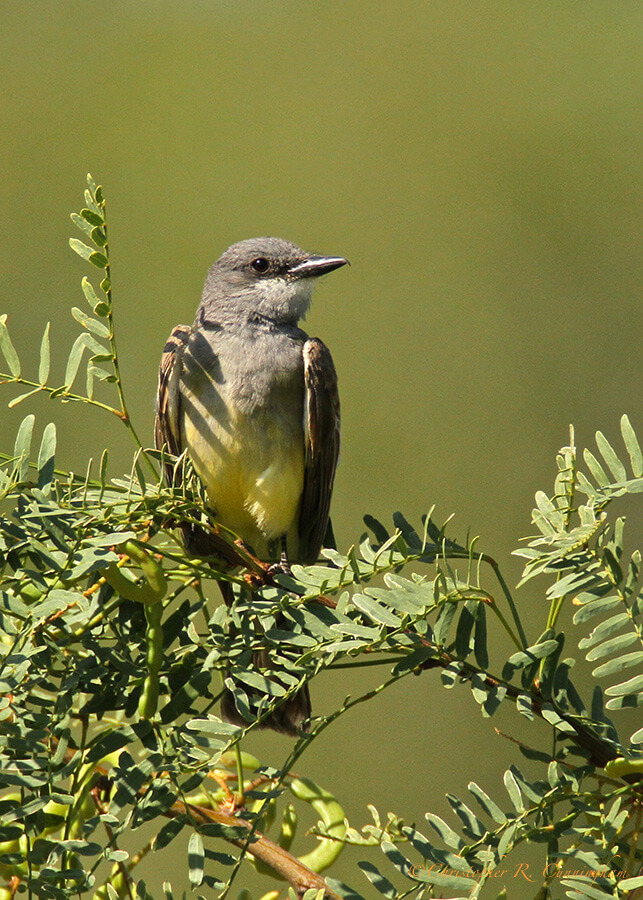
Although not as difficult to tell apart as some Empidonax Flycatchers, which are literally indistinguishable based on appearance alone, some species of Tyrannus are quite tricky to identify. Even based on a reasonably good photograph, experienced birders may disagree about the identity of a specific individual. Cassin’s and Western Kingbirds, for example, overlap in range in the West and are often confused. Likewise Couch’s, Tropical, and Western Kingbirds have overlapping ranges in the Lower Rio Grade Valley.
All these species, though, do have distinctive field marks and can in principle be distinguished. However, depending on the light and angle of view, colors can change. Vegetation can obscure minor or subtle features. In these troublesome cases, after exhausting reasonable avenues of identification, I try to live with the uncertainty–rather than decide which member of this sometimes look-a-like group I’ve spotted.
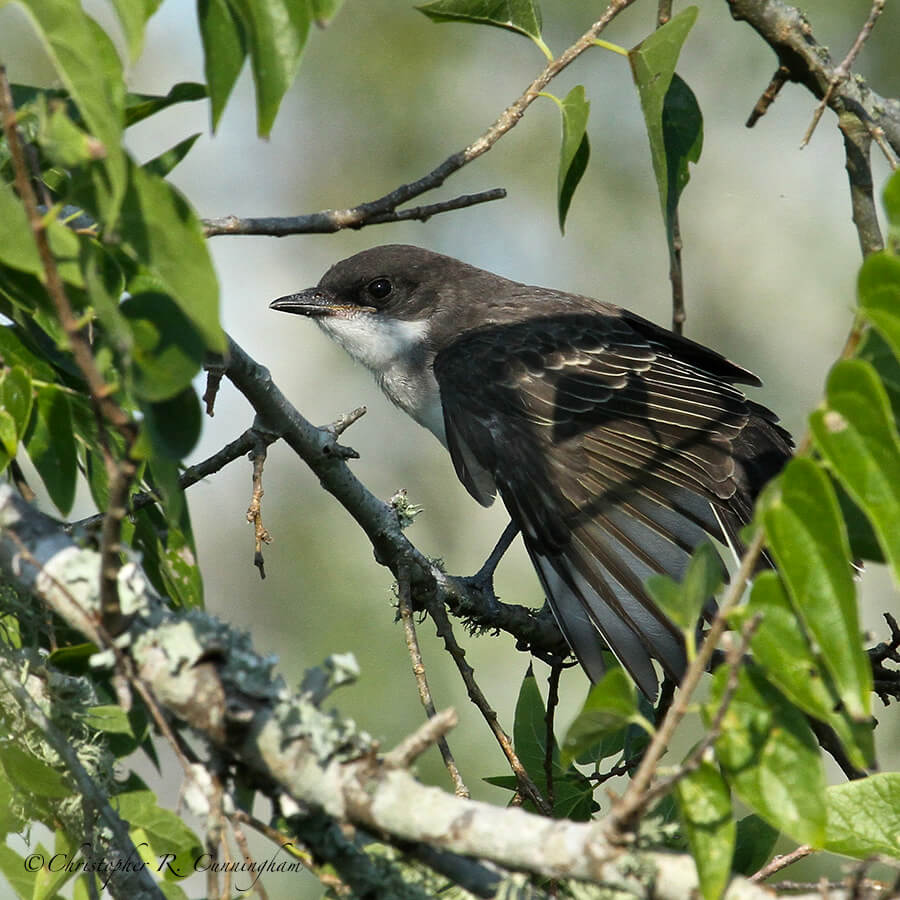
The quest for certainty blocks the search for meaning. Uncertainty is the very condition to impel man to unfold his powers.—Erich Fromm
©2014 Christopher R. Cunningham. All rights reserved. No text or images may be duplicated or distributed without permission.
